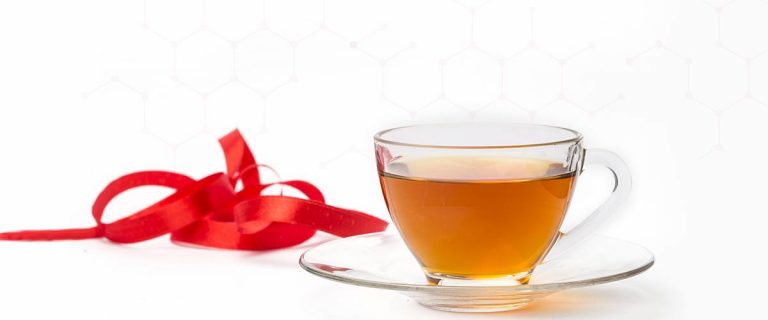Tannins are present in naturally occurring substances and organic matter, including leaves and wood. It is used in the tanning of leather, hence the name. Tannins in tea, give the beverage its astringency.
Teas with high levels of tannins have a bitter taste accompanied by strong astringency, seen especially in green and black tea. The tannins found in tea are thearubigins, most prominently theaflavins. When the anti-oxidising agents such as catechin in the tea become oxidised, theaflavins are produced.
Tannins in tea are responsible for the antioxidant activities of black and other dark teas. They have both positive and negative effects on the body. The positive health benefits of tannin come from its anti- carcinogenic and anti-mutagenic properties, mostly due to its anti-oxidising nature.
Tannins also remove harmful microbes from the body, and fight against harmful bacteria, viruses and fungi. By speeding up blood clotting, tannins also have a healing effect on cuts and wounds. Other beneficial properties of tannins include stabilizing blood pressure.
The good and the bad
Although largely useful to the body, tannins also have negative effects. They are often anti-nutritional and can hinder digestion and metabolism, unlike polyphenols. Tannins can also help obstruct the blood’s absorption of iron, which may lead to many health problems.
Highly tannic tea can lead to jaw pain, as the bitterness and astringency of tannins cause a rapid increase in saliva secretion from the salivary glands. Ironically, tannin is the cause as well as cure for jaw pain. The application of a tannic tea bag on the cheek/jaw bone can instantly reduce the jaw pain, as tannins have anti-inflammatory and anti- bacterial properties.
How much tannin does tea contain?
If you’re worried about the Tannin content in tea, you should know that green tea or black tea contain low levels of tannins, and are suitable for those who wish to consume non-tannic tea. Darjeeling first flush teas contain little to no tannins. Teas with a high level of tannic content are more easily available and inexpensive, unlike the non-tannic teas. Do all teas contain tannin? The tannin content in tea differ according to the type of tea. Another factor is how long the tea was steeped before consumption.
What is Tannic acid in Tea?
Tannic acid is an astringent agent. However, there is a difference between tannins and tannic acid, Tannic acid is not present in tea, tea contains tannins other than tannic acid.
Tannins health benefits
Tannins are a broad class of compounds that are present in tea, and red wine. Most of the tannins present in tea are antioxidants that can help fight cavities, diarrhoea, and some even prevent heart diseases and cancer. So, are the tannins in tea, bad? Although there is not enough research that talks about the side-effects of tannin in tea, it is known to decrease iron absorption.
Do tannins in tea cause headaches?
Tannin is a naturally occurring compound and has not been proven to cause headaches.
Also read: Drinking Tea for Heart Health

Comments are closed.